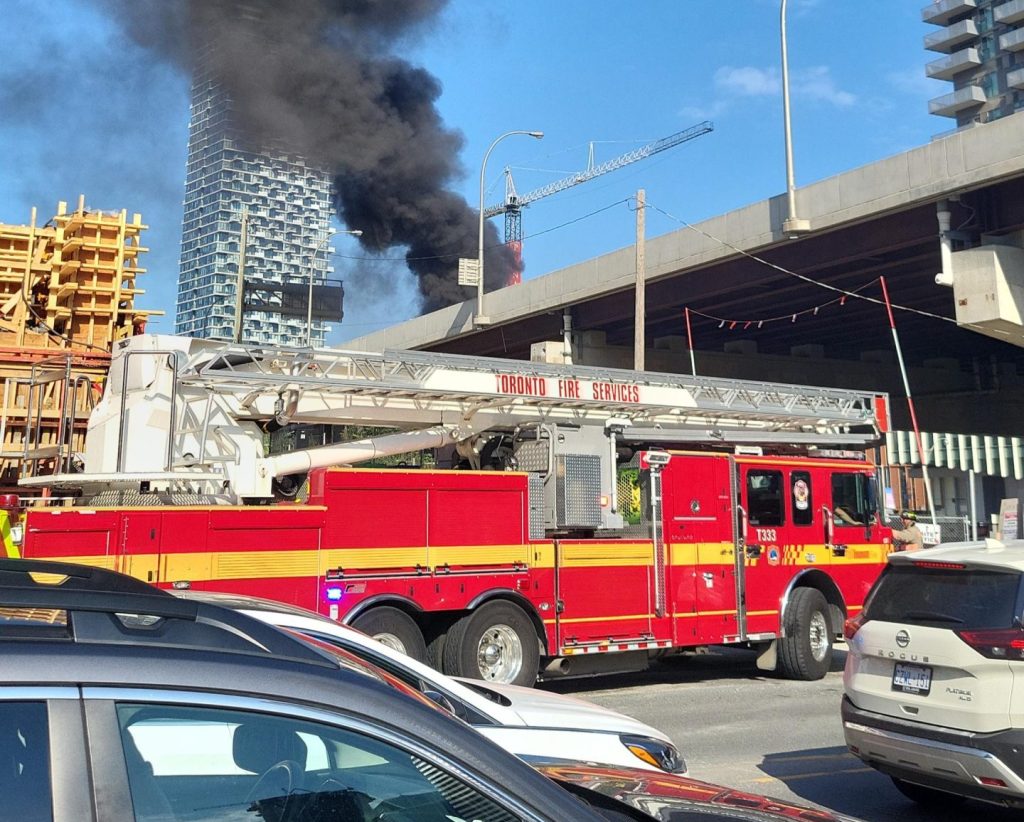Timeline of events that led to the fall of the Berlin Wall
Posted November 6, 2019 3:14 am.
This article is more than 5 years old.
BERLIN — A glance at events leading up to the fall of the Berlin Wall in November 1989 and Germany’s subsequent reunification.
Jan. 19, 1989: East German leader Erich Honecker says the Berlin Wall “will still exist in 50 and even in 100 years, if the reasons for it are not overcome.”
Feb. 5: 20-year-old Chris Gueffroy is fatally shot while trying to cross the border in Berlin. He is the last person to be killed at the Wall.
May 2: Hungarian border guards begin removing border fortifications and barbed wire at the country’s frontier with Austria, the first chink in the Iron Curtain that separated Europe’s east and west.
May 7: Local elections are held in East Germany. Opposition representatives report that the number of “no” votes to the country’s communist rulers isn’t reflected by official results.
Aug. 19: Hundreds of East Germans take advantage of a “Pan-European Picnic” organized by Hungarian opposition members near the Austrian border to escape to the West.
Sept. 4: The first of what become weekly Monday demonstrations for freedom of assembly and travel is held in Leipzig.
Sept. 11: Hungary allows East Germans to cross its border to Austria, opening the way to the West for tens of thousands.
Sept. 12: Tadeusz Mazowiecki becomes Poland’s first non-communist prime minister since World War II.
Sept. 30: Nearly 6,000 East Germans holed up at the West German embassy in Prague are allowed to leave for the West.
Oct. 3: East Germany halts visa-free travel to Czechoslovakia to stem an exodus of its citizens.
Oct. 7: East Germany celebrates its 40th birthday and visiting Soviet leader Mikhail Gorbachev urges its leadership to reform. Authorities clamp down on protesters.
Oct. 18: Honecker is removed as East German leader after 18 years in power, replaced by Egon Krenz.
Nov. 4: Some 500,000 people gather in East Berlin’s central Alexanderplatz for the country’s biggest pro-democracy protest.
Nov. 9: East Germany opens its heavily fortified border after 28 years. Over the subsequent weeks and months, people chip away at the barrier.
Dec. 3: Krenz and the East German politburo resign. Krenz resigns as the country’s leader three days later, leaving moderate communist Hans Modrow in charge of East Germany.
Dec. 22: A new border crossing opens at the Brandenburg Gate, the symbol of Germany’s Cold War division.
March 18, 1990: East Germany’s first democratic election. Centre-right candidate Lothar de Maiziere becomes prime minister.
Oct. 3: Germany is reunited after four decades of Cold War division.
___
Follow AP’s full coverage of the 30th anniversary of the fall of the Berlin Wall at https://www.apnews.com/FalloftheBerlinWall
The Associated Press








